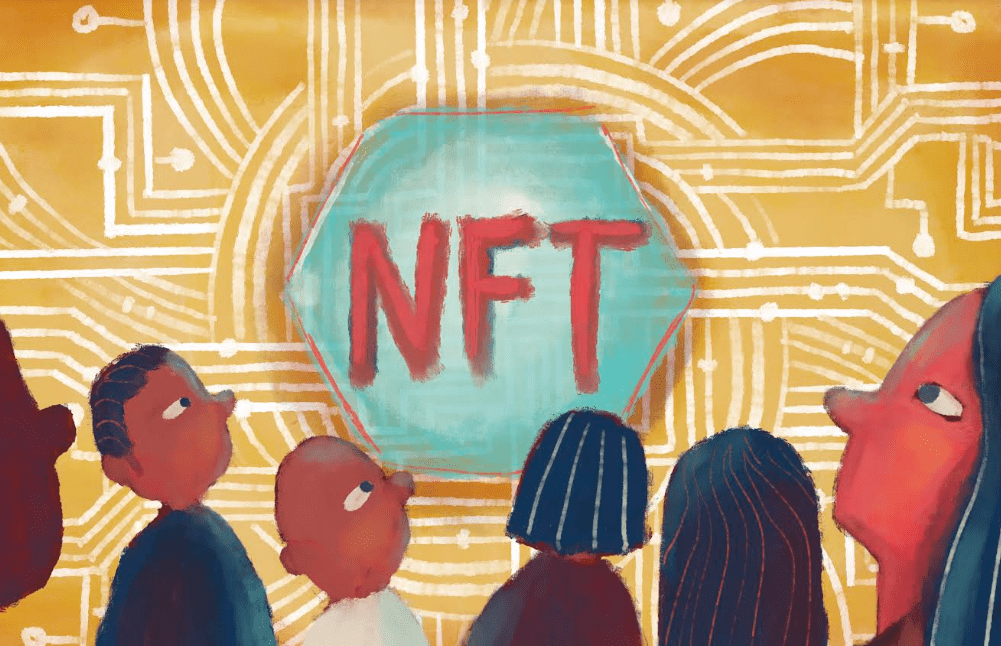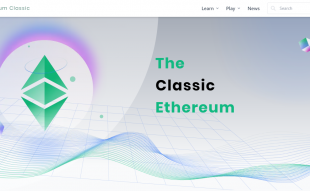Join Our Telegram channel to stay up to date on breaking news coverage
The foundation of the developing non-fungible token (NFT) market is royalty payments, which enables artists to make money when their work is resold, venues to make money from futures markets for NFT tickets, and creators to forgo streaming services in favour of more profitable, blockchain-based products.
Your Capital is at Risk.
NFT Markets Experience a Paradigm Shift
For a long time, royalties from the sale of future works were artists’ only income source. This has not always been simple in sectors where production companies and publications rule. Many artists have been forced to pursue lawsuits to receive justice. Aversa expressed as he was suppressed in a back room from the crowd, the DJs, and the gallery staff.
According to Aversano, the availability of royalties first attracted him to NFTs. The idea of artists sustaining themselves through royalties was developed by this technology, which was described as a paradigm shift. With the development of non-fungible tokens, artists were provided with a practical digital tool for rapidly and easily collecting their reimbursements.
However, thanks to smart contracts, creators may anticipate getting paid for their work more quickly than in the past.
Royalty-free Competitor X2Y2
In contrast to NFT Marketplace X2Y2’s Alternativeciting competition, Sudoswap, a quickly expanding royalty-free rival, paid royalties on August 26. It seems that in the upcoming week, the percentage of purchasers on a payment site that charges royalties will decrease from 96% to 88%.
The pushback caused the cast to be partially flipped over. However, its actions surprised artists who believed royalties could be more like an old tip jar than a new paradigm.
NFTGO data shows that X2Y2 was the most volume-active NFT market over the preceding week. It works similar to LooksRare, satisfying users for purchasing items on the platform with cryptocurrency. However, a 0.5% marketplace fee is still charged despite the reality that creator-imposed royalties are optional.
NFT supporters on Twitter responded strongly to X2Y2’s assertion. Many JPEG supporters argued that doing away with royalty payments would hurt the creators and producers who initially turned to NFTs because they provided a better profit margin.
Even X2Y2 acknowledged that it might be detrimental to the industry if buyers often set author royalties to 0. Instead, in retaliation for the criticism, the marketplace declared in a Saturday release that it would mandate that users pay creators royalties on the sale of unique items.
Holders-Only System of Election
Additionally, the market is implementing a “holders only” voting mechanism that will allow holders to decide whether to enable royalties for specific collections jointly. Since the change in X2Y2’s approach, two of the Mutant Ape Yacht Club’s fourteen buyers have paid back the project’s creator and perhaps industry-leading Yuga Labs royalties.
A New York-based creator, Amber Vittoria, wrote on Twitter, “Ignoring a manufacturer’s royalties is an ancient and backwards practice. Other artists, besides Aversano, embraced the idea of royalties supported by NFT. When this becomes the standard, I’m done with web3.”
At some kind of symposium on September 2 led by X2Y2, many musicians talked about the value of royalties in enticing them and their peers to blockchain technology. According to Wacky, several musicians have considered restricting websites where customers might avoid paying royalties.
Customers who do not pay royalties will not be qualified for any future airdrops or other perks associated with holding a DeGod NFT, according to the developers of the DeGods NFT collections on the Solana blockchain. Additionally, the “entire royalty dispute” will change the NFT landscape. As a consequence, the repercussions of this could be felt by the artist community.
On the contrary, it may “bring about a spate of really competitive creators” who would exert great effort to obtain “quite trustworthy and loyal clientele” willing to pay royalties and therefore enhance the NFT cultural environment.
The Possibility of Serious Consequences
Collections will forbid various markets in their code for NFT creatures to avoid missing out on these fees. The period of free market competition, which has aided the industry’s expansion over the last two years, will end due to people’s views on fees changing, and so may how initiatives attempt to generate money.
For instance, it has been customary to lower mint prices and raise royalty fees due to the current decline in the NFT market. Project teams are encouraged by this change to continue engaging with the community to create income rather than cashing out all at once.
The Goblin-town initiative, in particular, produced NFTs which were accessible to mint yet carried a hefty 10% royalty fee on every secondary sale. The original project team, Truth Labs, said on Thursday that they would launch a unique market space for Goblin NFTs where the licensing charge for used goods sales would be reduced from 10% to 5%.
Your Capital is at Risk.
Read More
- These are the Most Expensive NFTs
- How to Buy Tamadoge
- These are the Best Cryptocurrencies to Buy in 2025
Join Our Telegram channel to stay up to date on breaking news coverage


